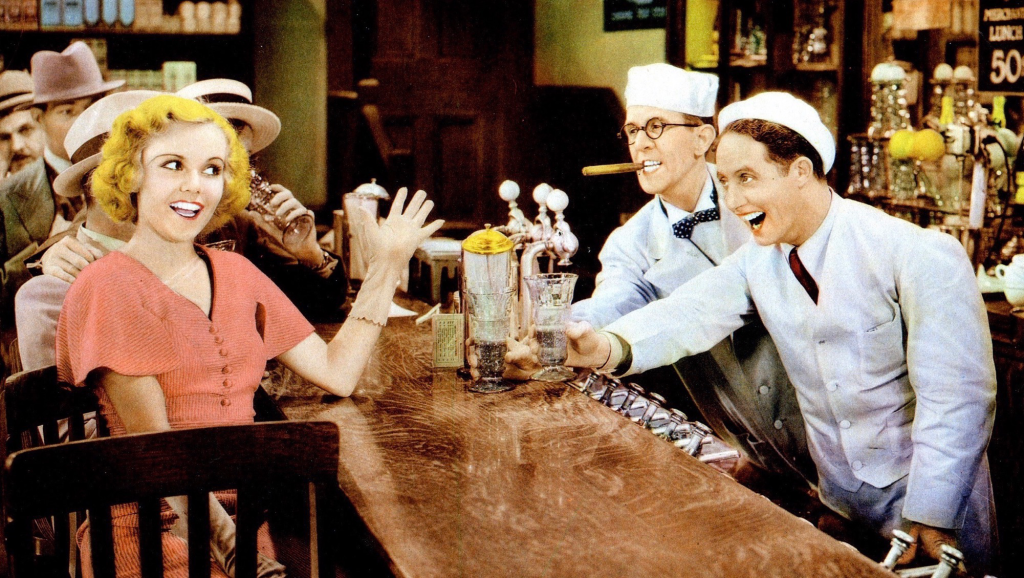William Bailey promised to cure anything that ailed you. “Just a tiny bottle of apparently lifeless, colorless, and tasteless water” was, he advertised in a 1929 pamphlet for his product, Radithor, “the greatest therapeutic force known to mankind.” A few sips several times a day would treat acne, anemia, arthritis, alcoholism, and asthma. And that was just a few of the “A” conditions Bailey pledged his potion would “ameliorate to a considerable degree.” Between 1924 and 1930, that list would grow to include more than 150 diseases and discomforts. The life-threatening (heart disease, leukemia), embarrassing (impotence, flatulence), and annoying (poison ivy, wrinkles) could all be remedied with Radithor’s main ingredient, “internal sunshine”—that is, highly radioactive radium isotopes.
A century later, the mere idea seems absurd, and Doctor Bailey, as the college dropout preferred to be called, is easily dismissed as a quack. But Bailey did not create the American craze for radium, he merely joined the rush to capitalize on it, says Maria Rentetzi of Friedrich-Alexander University of Erlangen-Nuremberg. Radium “was mainstream, and it became mainstream because the radium industry wanted this to happen,” explains the historian of science and technology. “Science and commerce are so intertwined that we cannot really separate them,” she says. It is a phenomenon that, like the radioactive elements of Radithor, remains dangerous today, if not handled with care.
Radithor quickly turns deadly
Bailey’s early 20th-century cure-all was a poison so potent that empty vials of Radithor tested more than 70 years later were deemed a radioactive hazard. The story of Radithor’s best-known victim has also endured: In 1927, Eben Byers, a wealthy and well-known Pittsburgh businessman, broke his arm and a physician recommended Radithor. Over the course of the next five years, Byers swallowed an estimated 2,800 or more ounces of water laced with two radioactive isotopes: radium 226 and radium 228. He died in 1932 of massive radiation poisoning; the Radithor had eaten through his skeleton.
Byers’ story made for horrifying headlines and led the Federal Trade Commission to prohibit the marketing of Radithor. But Bailey’s product was only one of countless radium therapies—not to mention the abundance of consumer products painted with the glow-the-dark substance—that were embraced by the American public through the first three decades of the 20th century.
Eben Byers hadn’t been fooled into consuming radium; every bottle of Radithor proudly announced itself as “CERTIFIED Radioactive Water.” Instead Byers had been caught in the intersection where fledgling scientific understanding met an untapped commercial market. The new American radium industry, led by Pittsburgh’s Standard Chemical Company which mined and extracted the element, had a product with promise and a marketing plan that outpaced the scientific process, Rentetzi writes in her book, Seduced by Radium: How Industry Transformed Science in the American Marketplace.
The craze for radium begins
Marie and Pierre Curie discovered radium in 1898 and spent the first decade of the new century refining the method of isolating the element from ore. By 1914, Standard Chemical had successfully lobbied the American Medical Association to bless the first radioactive water treatment.
“Is it possible, as one physician has suggested, that in radium may be found ‘the spark of life’—the mysterious electronic force that drives the life of the world?” Popular Science asked in June 1923, a year before Radithor came on the market. While acknowledging that radium therapies were not yet fully accepted by the scientific community, the magazine noted “there is a growing belief that radium emanation does have a definite place in medical treatment.” And why shouldn’t it? X-ray technology, which relied on radioactive emanations, had become standard care (and a popular tool for fitting shoes) over the same period of time.
Related History Stories
In the 1920s, there were radium creams, ointments, tonics, cosmetics, and injections promising the “rejuvenation” of flesh and spirit sold by reputable companies and snake-oil salesmen alike. American consumers and medical professionals embraced the substance in great numbers. By one count, William Bailey sold some 400,000 bottles of Radithor for $1 each—grossing nearly $8 million in today’s dollars. But that wealth came at a significant cost. Bailey died in 1949 of bladder cancer; when his body was exhumed and tested for radiation in 1970, it was determined his death, too, was likely caused by the miracle cure so many believed in.
Radium’s end—and surprising future
In the end, Radithor successfully treated just one thing: the county’s love affair with the radium. The tragic story of Eben Byers along with the plight of the “radium girls”—a group of more than 100 women in New Jersey who were poisoned doing their jobs painting radium on watch faces—convinced the public of the dangers of the element and, by the end of the 1930s, ushered in improved regulations of radium.
Commercial demand withered when it became clear that radium treatments would never “restore youth to old age, grow new sets of teeth and perform other marvels,” as boosters claimed in Popular Science in 1923. But scientific research continued. In 2013, after 90 more years of rigorous experimentation, the United States Food and Drug Administration approved radium for use in treating certain types of cancer—a possibility scientists had discredited during the radium craze.


